Equine Assisted Therapy Alaska offers a number of equine-assisted activities and therapies, including therapeutic riding, hippotherapy, ground work, and stable management. In current development are mental health and wellness programs designed to assist individuals of all ages and walks of life to recover from psychological diagnoses and disorders.
Therapeutic Riding and Equine-Assisted Activities
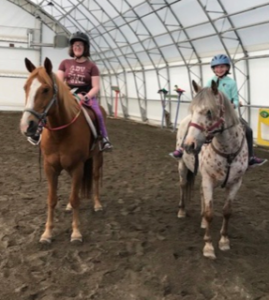
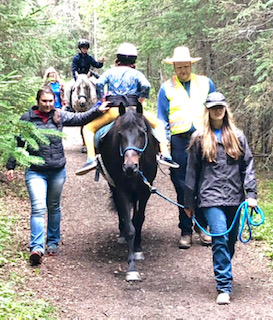

Therapeutic Riding occurs in one hour long lessons with 1-3 riders, grouped based on similar cognitive or physical ability, age, and/or therapeutic goals. Lessons aim to teach riding skills and, eventually, provide the rider with the skills and experience necessary to become an independent rider. Therapeutic benefits include an increase in muscle tone, strength, self-esteem, improvements in coordination and balance, social interaction and communication, and development of a sense of control.
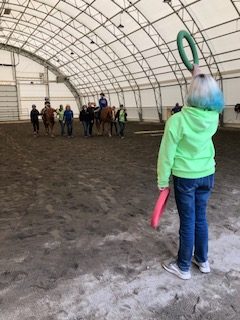
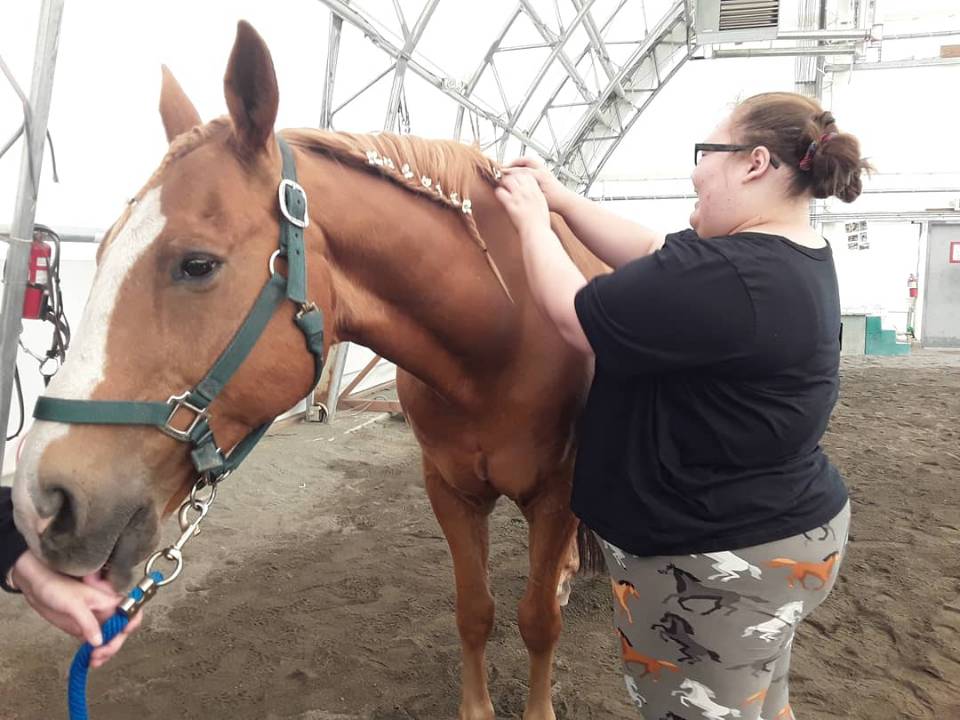
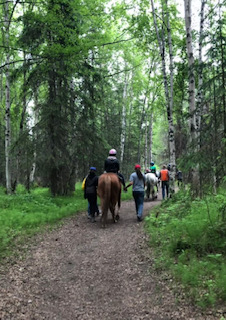
Class activities include learning riding skills, trail rides, and group activities such as competitive games. Students also expand their horsemanship skills by learning how to help groom and tack their horses (as appropriate). The increased attention, concentration, learning, and verbal skills that are inherent in learning to ride successfully lead to a magical bond with the horse, leading to improved social skills, such as making new friends, and gaining an appreciation for authority.



How Therapeutic Riding Works
The horse’s soothing rhythm, warmth and three-dimensional movement pattern provides healthy exercise while improving circulation and muscle tone. The discipline associated with working with horses and the social interactions between peers benefit the mind and spirit while raising self-esteem and increasing self-sufficiency through accomplishment. The bond between the rider and the horse reduces anxiety, promoted verbal and physical interactions, and offers a haven for participant empowerment.
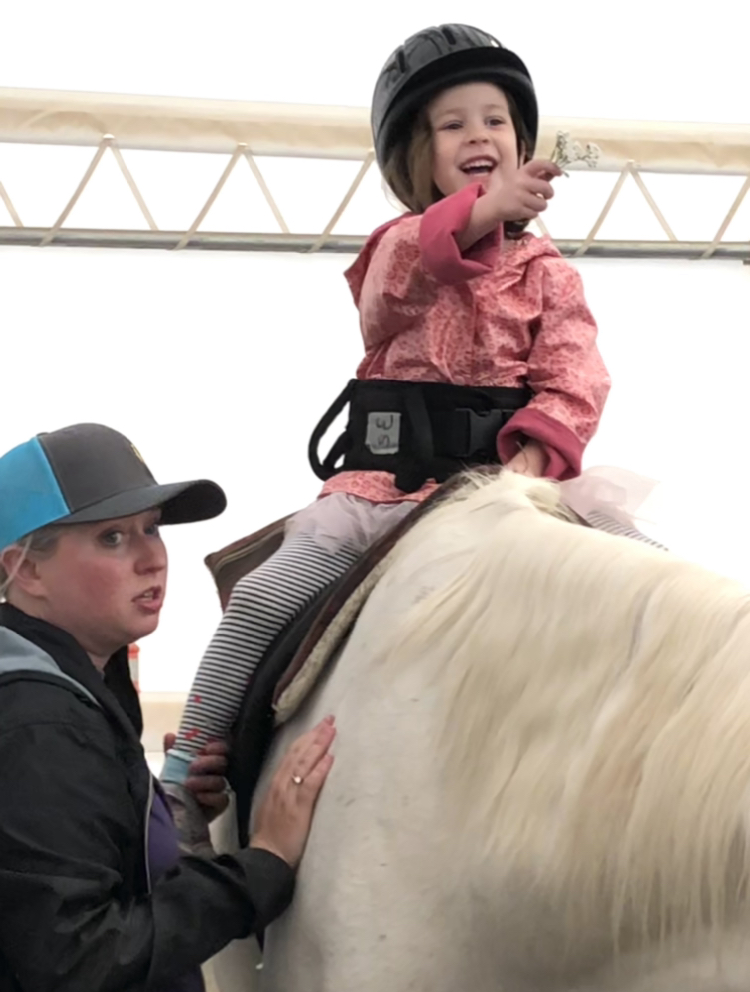


Equine-Assisted Activities (EAA) are the many activities that occur at the center, whether the rider is on the horse or not. This can include stable management, grooming, learning basic horsemanship skills, shows, and other demonstrations. For the majority of the participants, equine-assisted activities involve mounted or therapeutic riding in the arena or on the trails with a PATH certified riding instructor and a group of volunteers. The goals vary from rider to rider, yet a general goal is to work on self-confidence, teamwork, social development, and to gain independence. This environment also improves the rider’s core strength, manual dexterity, and flexibility.
Hippotherapy



Hippotherapy consists of intensive one-on-one therapy sessions with a licensed occupational, physical, speech-language therapist/pathologist, or mental health specialist, supervised by a PATH certified riding instructor. During sessions, clients ride a therapy horse and work to fulfill the goals set by the therapist. For those with limited mobility, the horse’s gait provides a unique opportunity for the client to move his or her body in a manner similar to walking, as the horse’s gait mimics an individual’s natural walk (or gait). This movement exercises their legs and back, while it strengthens their core. Upper body benefits include improved hand/eye coordination, posture and balance, and core strength.
 Mailing Address: PO Box 240663
Mailing Address: PO Box 240663 
